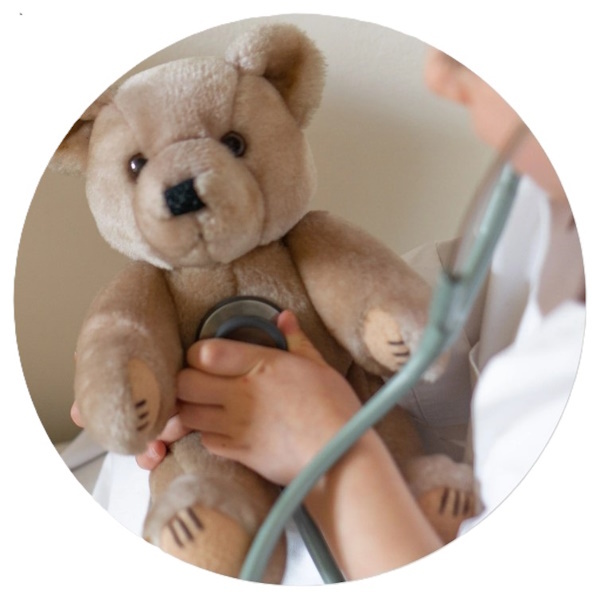What is hipdysplasia?
OverviewWhat is hip dysplasia?
In this knowledge base we explain what hip dysplasia is and its different forms.
1. Hip dysplasia baby
If your baby is born with hip dysplasia, this means that the hip joint is not developed properly. The hip has a femoral head and an acetabulum. With congenital hip dysplasia, the hip socket is not deep enough to hold the femoral head properly in place and the hip can easily dislocate. Hip dysplasia is usually not painful.
When the hip dislocates and does not go back into the socket on its own, it is called a hip dislocation.
About 20 in 1000 babies are born with hip dysplasia. Hip dysplasia is 4 times more common in girls than in boys, this is because girls are more sensitive to the mother's hormones that soften the ligaments just before childbirth to make it go more smoothly.
It occurs twice as often in the left hip than in the right hip.
Swaddling can increase the risk of hip dysplasia in a baby
2. Causes of hip dysplasia
The cause is not exactly known. We do know that heredity and the position of the baby in the womb play a role, especially if the baby has been breech. Children who are carried in a sling with their legs spread out appear to be less likely to develop hip dysplasia than children who are also swaddled with their legs. Occasionally a hip defect occurs with other congenital defects such as club feet and spina bifida.
Treatment is necessary to prevent premature wear and tear of the hip.
3. How is hip dysplasia diagnosed?
The clinic will examine whether there is a difference in the position of the hips and whether there is a difference in leg length. An asymmetrical buttock fold can also be an indication of a hip deviation, but this does not necessarily have to be the case. If there is a difference in leg length, this could indicate hip dislocation, meaning the hip is dislocated. Stiffness in the hips and Clicky Hips can also be an indication of a hip abnormality.
If a hip abnormality is suspected, an ultrasound or X-ray is made. Sometimes an arthrogram is chosen; a contrast fluid is first injected into the hip joint (under anesthesia) and then an X-ray is taken.
Unfortunately, hip dysplasia is not always detected in time in babies. However, treatment at a later age can lead to good results. Even at a later age, pain complaints only reveal that hip dysplasia has occurred.
4. Research
Leg length difference
In case of a leg length difference, the Galeazzi test is performed. The baby lies on its back and its knees are bent next to each other. If the knees are not the same height, there may be hip dysplasia.
Stiffness in the hips
When changing the baby, one leg falls out more smoothly than the other leg. Because the body tries to keep the hip in the socket in hip dysplasia, the hip becomes stiffer.
Clicky Hips
When moving the legs outward, such as with the Galeazzi test, you can hear a click, you can even feel it. This may indicate hip dysplasia, but this does not always have to be the case; sometimes this can also be the sound of the ligaments.
Asymmetrical buttock crease
If a baby has an asymmetrical buttocks, this may indicate hip dysplasia. This will be determined by means of an ultrasound.
5. What can happen if hip dysplasia is not detected in time?
The consequences of not detecting hip dysplasia in time can be quite serious. However, treatment at a later age can lead to good results. Unfortunately, this is not always the case, there may be premature wear of the hip joint, deformity which can lead to limping and pain. Read “our story about hip dysplasia” on our blog.
6. What challenges do you face with a baby with hip dysplasia?
Special hip dysplasia clothing is almost impossible to find, which is why I started making these special clothing myself. Pants that fit over or under spread pants or over a plaster cast. Dresses with a higher waist so that they can fall over spread pants. There were also no sleeping bags that my baby could fit in with spreader pants. The car seat was also a problem, it no longer fit. We solved this by placing a cushion in the car seat so that our daughter sat a little higher and the legs fit over the sides of the car seat.





